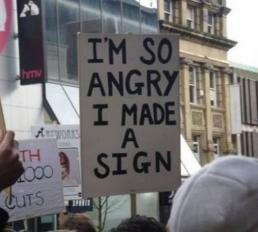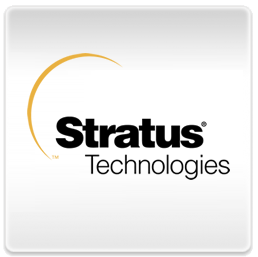The Role of Social Media in Slacktivism
Submitted by Reece Jacobsen on Wed, 2012-02-29 10:19

I am not an activist. I’m not the kind of person that will quit my job and fly to the other side of the world to help people in need. I am also not a person that pretends to be an activist.
I admire the people out there that are making a difference; getting their hands dirty to improve the world we live in. I appreciate the hard yards made by special people throughout history that have made it possible to live in a world with human rights. I value animal activists that have given a voice to the voiceless. All these people are better than I am and they deserve (and have) my respect.
What I don’t respect is some people’s feeble attempt at looking like they care by forwarding a BBM broadcast message telling me to change my profile picture to a rhino, wear a black shirt on Tuesday, or to copy and paste your idiotic status. This is Slacktivism at its best, and it’s one of my pet hates.
Slacktivism Definition: is a portmanteau (blend of words)
formed out of the words slacker and activism. The word is usually considered a derogatory term that describes "feel-good" measures, in support of an issue or social cause, that have little or no practical effect other than to make the person doing it feel satisfaction.
My opinionated summary of the definition is; people do pointless things to help make them feel better about themselves and it stinks. They, perhaps unwittingly, spit in the faces of the people who give up their time and make an actual effort to incite change or make a difference.
(This next bit may sound like a contradiction, but I will get to my point eventually.)
There are some cases where social media has aided a successful cause, such as the revolution in Egypt, or the calls for donations after the Haiti earthquake. The question is, what makes these different to the thousands of other campaigns that have failed?
I came across an article on the four ways social media has helped redefine activism, and strangely enough, I agree with them:
- Social media changes public perception because information circulates freely and quickly.
- Social media distribution means we are getting information from someone in our network.
- Social media networks cross technologies and have immediate impact that gives it urgency, makes it personal and allows for immediate individual action.
- Social media technologies have changed the psychological impact of communication by changing our expectations about participation.
The key differentiator between your profile picture of the rhino and these is that social media was the medium used to convey a message and organise physical action and not where the action took place.
When the action, be it changing profile pictures, copying and pasting a status, or signing an internet petition takes place on a social platform, it is normally where the action stops.
By all means, use social media as a way to spread a message, raise necessary awareness, galvanise support and coordinate movement, as they are your best available options. But at the end of the day, physical actions will always speak louder than words.
Think of social media platforms as instruments for activism. When used correctly you can make inspiring music, when you don’t, the only thing people can hear is the noise with no meaning.
I can’t help but think that armchair activists sitting in their TV rooms with a holier-than-thou attitude are not going to change the world by doing less than the bare minimum. And if you are honest with yourself, you know they wont either.
Social media is great for raising awareness and distributing a message faster and further than ever before, but I don’t believe we are at the stage yet where politicians, pirates, and poachers will give a rat’s ass about your new avatar.
- Login to post comments


















